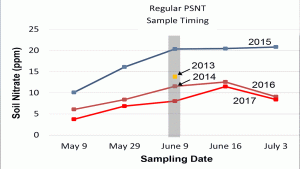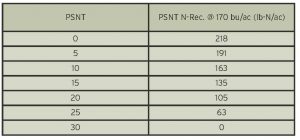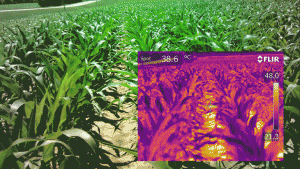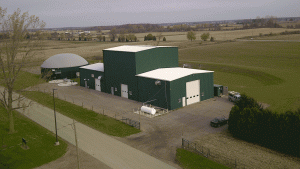Cropside: Nitrogen accounting
AGRONOMIC INFORMATION FROM ONTARIO'S CROP SPECIALISTS

THE ONTARIO MINISTRY of Agriculture, Food and Rural Affairs (OMAFRA) traditionally conducted an annual pre-sidedress soil nitrate (PSNT) survey which sampled several dozen fields across the province for background (non-fertilized) soil nitrate levels just prior to sidedress time. From 2015 – 2017, OMAFRA has been conducting an “N-Sentinel” project with funding from Grain Farmers of Ontario and Growing Forward 2, which takes the survey a step further with the additional goals of:
• Tracking background soil nitrate levels from May to July across a range of geographies and soil types ;
• Measuring nitrogen yield response at each location;
• Determining if a rainfall factor could increase the accuracy of nitrogen recommendations.
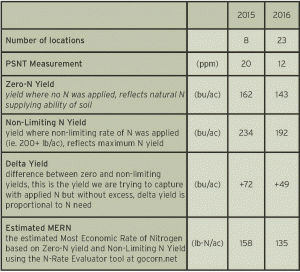
When compared across years, the PSNT survey helps identify years where soil N supply may be lower or higher than normal. For instance, soil nitrate levels were lower in 2017 than what is typically observed in past PSNT surveys (Figure 1), possibly due to slower soil N release from a cooler spring. On the other hand, soil N supply appeared much higher than normal in 2015. Using an expected yield of 170 bushels/acre as an example, every difference of five parts per million (ppm) of PSNT nitrate can have a difference in N-recommendation of around 30 pounds/acre or more.
This project was funded in part through Growing Forward 2 (GF2), a federal-provincial-territorial initiative. The Agricultural Adaptation Council assists in the delivery of GF2 in Ontario. •
